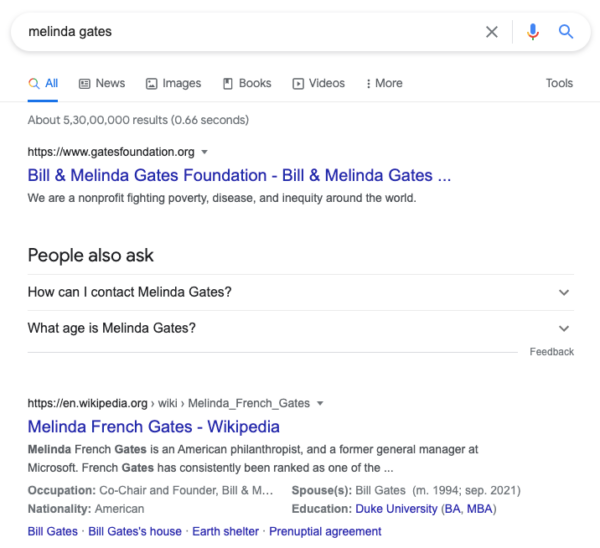How Can You Optimize Your Blog For Search Intent?
Your goal as a business blogger is to attract more leads and convert them into paying customers. However, in order for this to happen, you must increase brand recognition by making your company visible to people who are interested in your products and services.
That way, you'll be able to attract a more targeted audience and achieve your conversion goals faster. There are several options for doing so. Nothing, however, can compare to improving your SEO to increase organic traffic.
Organic traffic, unlike traffic from paid advertisements and social media marketing, will last indefinitely. As a result, marketers make improving their SEO a top priority in order to increase organic traffic.
However, many marketers believe that improving your SEO simply entails creating keyword-rich content for your company. Google, on the other hand, has improved significantly over the last decade. Instead of focusing solely on keywords in order to satisfy search queries, it now also considers the user's search intent.
But what is search intent, and how do you optimize your content for it? Let's take a look.
What Search Intent Is All About
The main goal of a user conducting a search is the user's search intent. When searching for something, everyone has a specific goal in mind. It could be for making a purchase, gathering information, looking up an address, or something else entirely.
Google has worked hard over the years to improve its algorithm for determining a user's search intent. It now prioritizes content to rank for search queries that match the user's search intent. So, if you want to improve your search rankings, your content must satisfy your users' search intent.
Types of Search Intent
In order to optimize your content for search intent, you first need to understand the 4 different types of search intent. So let’s take a look at them.
#1. Informational Search Intent
When the search intent is informational, you know the user is looking for some kind of information, as the term implies. Tutorials, how-to posts, and guides are common examples of this type of content. Here are some examples of such content:
Who is Bill Gates?
What Is the Best Way to Make Pizza?
Melinda Gates

You've probably noticed that not all queries are questions. However, each of these inquiries is seeking additional information on the subject. As a result, Google will only show content that provides more specific answers to the queries. That's why, for some searches with an informational search intent, you'll often see Wikipedia as one of the first results.
#2. Commercial Inquiries
The next search intent is business-related. When you search for something with this intent on Google, you'll notice that the top of the SERP includes paid results. Such search results are more concerned with providing information about the brand than with the query's topical meaning.

#3. Transactional
Search results that can assist the user in completing a transaction are included in transactional search intent. You might want to buy a washing machine, for example. As a result, Google will assist you in making your purchase by displaying the most relevant results. It may also show you the location of stores that sell the product, depending on your search query.
#4. Navigational
Users who are searching with navigational intent already know which website they want to visit. They simply want to navigate through their website's various pages. As a result, Google will display the topmost pages of that website to make it easier for you to navigate. It may also show related content based on your search, such as news, mentions, and so on.

Once you understand the different types of search intent, you need to optimize your content to match it.
How to Optimize your Content for Search Intent
Google is intelligent enough to recognize whether or not users are satisfied with their search results. They are more likely to click on the search results if they are interested in them. Otherwise, they'll keep scrolling until they find something else that interests them. However, Google's primary goal is to fulfill the user's intent. As a result, if it believes a particular search result isn't very relative, it will lower its ranking.
That's why optimizing your content for search intent is crucial. How do you go about doing that? Take a look at the following points.
1. Use Media Files
Instead of making your content text-based only, use media files like images, videos, gifs, etc., in your content too. This will make it easier for you to understand and will boost your rankings.
2. Use Exit Intent Pop-Ups
If you don't know how to use popups properly, they can be aggravating. However, when used strategically, it can help you increase conversions. One way to use them is with the "exit intent" feature enabled.
3. Focus on Your Fonts
It is important to make your content readable. Keep in mind that your readers will not read your entire text. They're only going to skim through it. As a result, make sure your content is scannable. You can accomplish this by employing appropriate subheadings.
4. Use Google Analytics
Google Analytics helps you get an insight into various important metrics like your bounce rate, average sessions, etc., that determine how successful your blog is. So figure out what causes a high bounce rate and low average session and work on these aspects by improving your content.
So that’s about search intent. Now use it in your SEO strategy to boost your rankings.
Subscribe to our newsletter here.

